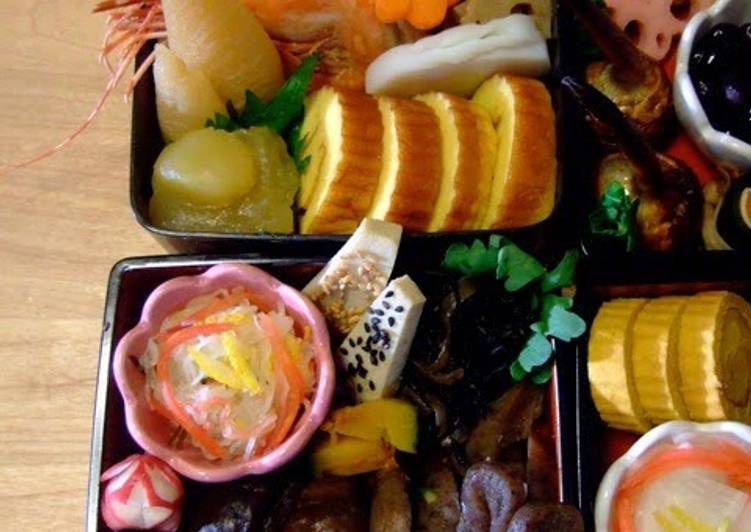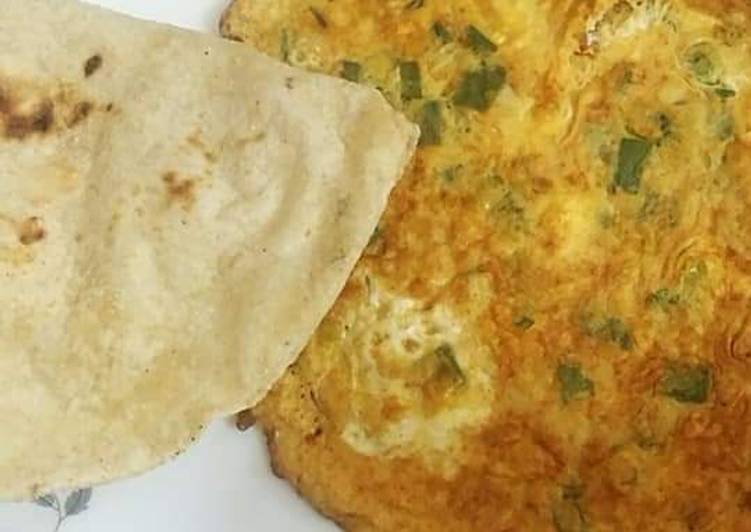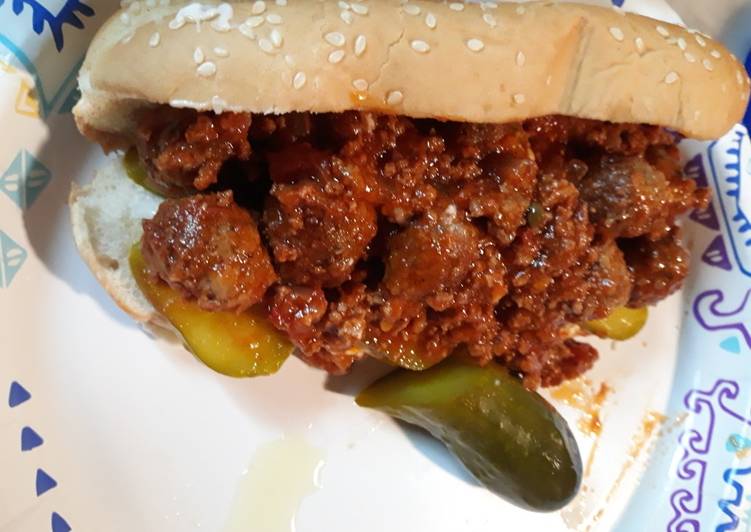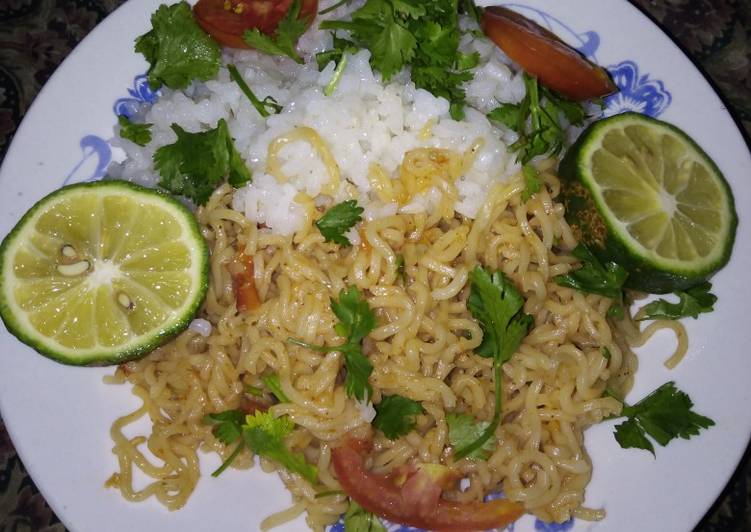Recipe of Perfect Make on December 31 - Macrobiotic Osechi (New Years Feast Food): Simmered Konnyaku

Hey everyone, I hope you are having an amazing day. Today I’m gonna show you a way to make a special dish, Make on December 31 - Macrobiotic Osechi (New Years Feast Food): Simmered Konnyaku. It is one of my favourite food recipe, this time i will make it a little bit tasty. This will be smell and look delicious.
Make on December 31 - Macrobiotic Osechi (New Years Feast Food): Simmered Konnyaku Recipe. I like to make my simmered vegetables separately. Each dishes is carefully packed in lacquered boxes and presented gracefully on the table.
You can have Make on December 31 - Macrobiotic Osechi (New Years Feast Food): Simmered Konnyaku using 9 ingredients and 6 steps. Here is how you cook that.
Ingredients of Make on December 31 - Macrobiotic Osechi (New Years Feast Food): Simmered Konnyaku
- Take 500 grams of Konnyaku.
- Take 1 tbsp of Salt.
- You need 1 of enough to lightly submerge the ingredients in Dashi stock.
- Prepare 2 1/2 tbsp of Soy sauce.
- It’s 2 tbsp of Mirin.
- You need 2 tsp of Beet sugar.
- Prepare 1 of drizzle Sesame oil.
- You need 1 of Sesame seeds.
- Prepare 1 pinch of Chili threads.
Every December, Kondō Fumio, proprietor of a Michelin-starred restaurant in Tokyo.Osechi-ryōri (御節料理, お節料理 or おせち) are traditional Japanese New Year foods.Osechi are easily recognizable by their special boxes called jūbako (重箱), which resemble bentō boxes.The Sasakis have gathered in Washington State to make osechi for more than a century.
Make on December 31 - Macrobiotic Osechi (New Years Feast Food): Simmered Konnyaku instructions
- Rub 1 tablespoon of salt into the konnyaku..
- Cut the konnyaku into rectangular slices. cut a slit lengthwise into the center of each slice, being careful not to cut all the way to the ends. Open the hole in the center of the konnyaku and pass one end of the rectangle through the hole. This will create a "bridal rein" shape..
- Boil some water and add the konnyaku. Skim off any scum. Remove the konnyaku and pat it dry. Now the preliminary cooking is done. (If you need to make other preparations, you should chill the konnyaku in the fridge now).
- Put the konnyaku from Step 3 into a frying pan and heat it until it begins to make squeaking sounds. remove the konnyaku from the pan and set it in a tray. Wash the pan..
- Add the dashi stock, soy sauce, mirin, and beet sugar to the pan and bring to a simmer. Add the konnyaku, and simmer..
- When the liquid has evaporated, drizzle in the sesame oil, and turn of the heat. Sprinkle on the sesame seeds. When when you serve the konnyaku, add a pinch of chili threads. The dish is done..
Osechi Ryori_ (お節料理) is a subset of Japanese cuisine made up of dishes that are traditionally eaten on Oshogatsu (New Year's).Since it was historically taboo to cook on New Year's day, Osechi dishes are typically stewed with lots of sugar, or they are vinegared to preserve them.Osechi ryōri cuisine is one of the highlights of traditional Japanese New Year celebrations.
Their history, including internment, is In Japan, the first three days of the year, a national holiday called Oshogatsu, are spent with family eating an elaborate array of New Year's food, called osechi ryori, from large.Traditional New Year's foods include toshikoshi soba, mochi, and osechi.Making mochi can be a labor intensive affair; therefore, many families will only attempt the feat for New Year's.Osechi includes a wide variety of foods, much of which can be store-bought and doesn't require refrigeration - a.Osechi-Ryori is traditional Japanese New Year's food eaten during the first three days of the New Year.





